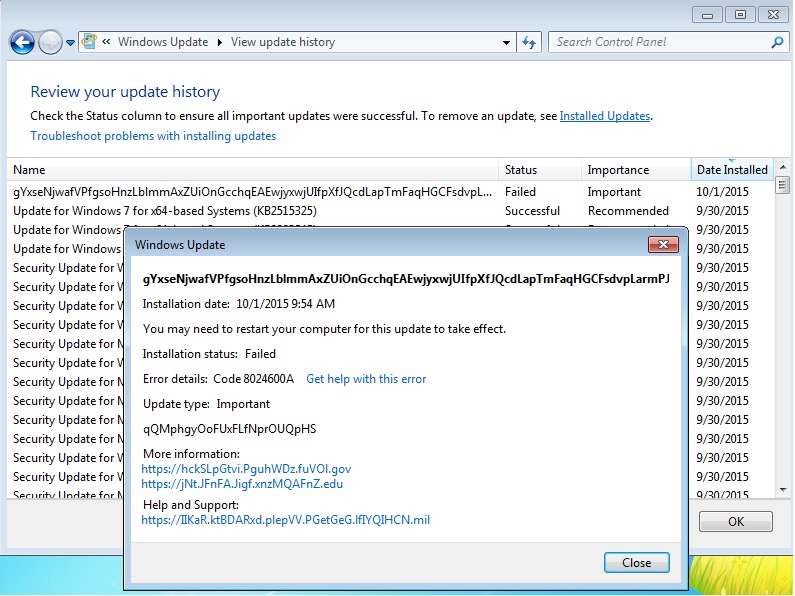
Suspicious Windows 7 Update has users worried Microsoft's servers may have been compromised [Update]
If you’re a Windows 7 user, you might want to check carefully which updates you install. Users on Windows forums, Reddit and Twitter are concerned about a new "important" update that looks more than a little suspicious.
The update appears to be a language pack, but the details that accompany it are far from the usual information you’d expect to see, leaving many to wonder if Microsoft's update servers could have been compromised.
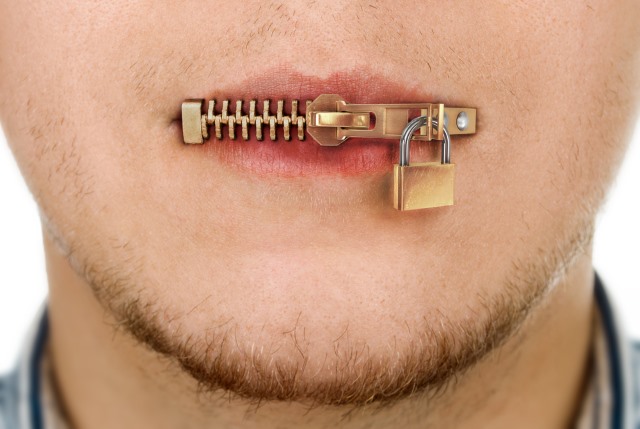
Microsoft refuses to answer questions about forced Windows 10 downloads
Just last week Microsoft managed to piss off a lot of people by secretly downloading the Windows 10 installation files to their computers without permission. The comments from BetaNews readers were plentiful, but divided. Some didn't see the problem, while others thought it to be invasive and presumptive.
But there was one question that popped up again and again -- just what the hell was Microsoft thinking? I decided to try to find out but found that the company was somewhat cagey with what it wanted to say on the matter. This is not on. People are more than a little annoyed, and they are demanding answers. They deserve them.
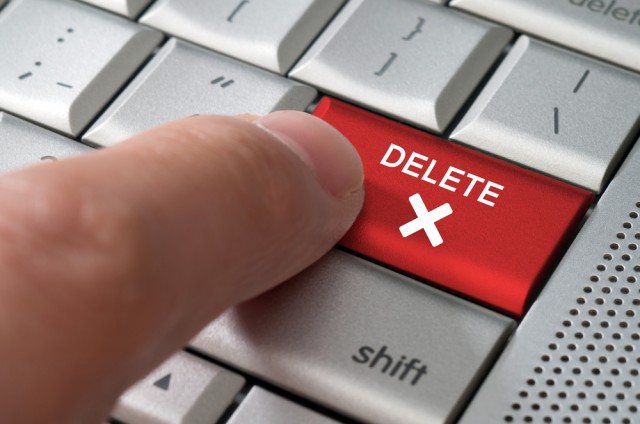
Remove unwanted Windows 10 upgrade files from Windows 7 and Windows 8.x
Microsoft has reportedly been downloading Windows 10 installation files on to computers running Windows 7 and 8.x, regardless of whether the users plan to upgrade to the new OS or not.
If you’re thinking of making the switch, and have requested an upgrade, that is fair enough. But if you’re more than happy to stick with your older OS for now, you might not be too happy about Microsoft cluttering up your hard drive with junk install files you don’t want. Fortunately, removing these files is easy enough.

Start10 brings the Windows 7 Start menu back to Windows 10
Windows 10 may have restored the Start menu, but its Windows 8-style redesign isn’t to everyone’s taste.
If you’re not happy with the new look then Stardock’s Start10 gives you some stylish and configurable alternatives.
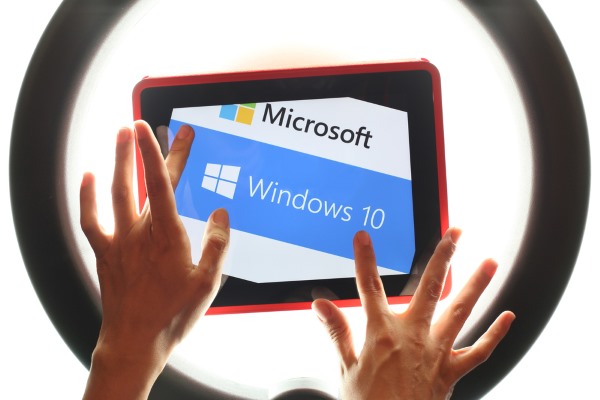
Amid Windows 10 controversy, Microsoft quietly releases privacy botching features to Windows 7 and 8
It's been roughly a month since the release of Windows 10, Microsoft's newest desktop operating system. It packs in several enticing features including the digital assistant Cortana. But despite all the interesting offerings, Windows 10 isn't sitting well with many. Privacy advocates have criticized Microsoft for introducing several features that are seemingly concerning to those who care about their privacy. To make things worse, the company has now rolled out some of these annoying features to Windows 7 and Windows 8.
First spotted by Ghacks, some of the recent updates that Microsoft rolled out to Windows 8 and Windows 7 set a computer to regularly send reports of a machine's activities to Microsoft. The update dubbed 3068708, for instance, introduces the Diagnostics and Telemetry tracking service on the computers it is installed on. "By applying this service, you can add benefits from the latest version of Windows to systems that have not yet upgraded. The update also supports applications that are subscribed to Visual Studio Application Insights", Microsoft describes the purpose of the update.
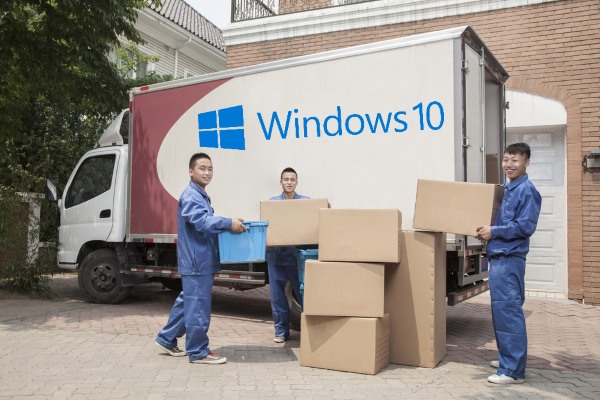
Microsoft makes it easy to switch to Windows 10 with free PCmover Express
Microsoft has teamed up with Laplink to try to encourage people to upgrade from Windows 7 and Windows 8.1 to Windows 10, offering a free copy of PCmover Express to anyone who wants it. Many people took the launch of Windows 10 as an excuse to buy a new computer with it pre-installed -- but then there is the problem of accessing the files stored on the old PC.
While it is possible to manually move files to your new computer, it's not something that everyone is comfortable with. Microsoft's solution to provide people with a data transfer tool for free is one that's likely to attract some attention, so here’s what you need to do to take advantage of this time-limited offer.

Ha-ha! Windows 10 is already twice as popular as Windows 8
The last lot of desktop OS figures released by NetMarketShare showed that Windows 10 had doubled its usage shared in a matter of days, but it wasn’t exactly an exciting number. Upon release the new OS managed to go from 0.16 percent to 0.39 percent.
But now that Windows 10 has had a month to settle in, we can finally see exactly how well it’s doing. Microsoft has said that there have been over 75 million installs, but what does that equate to in terms of usage share? NetMarketShare’s figures for August always promised to be exciting, and they definitely don’t disappoint now that they’re here.
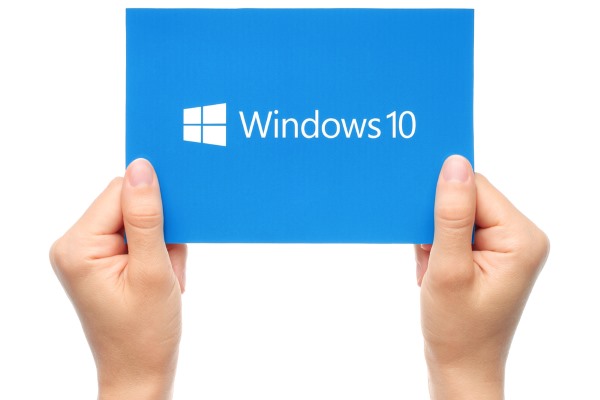
How many people are using Windows 10? Watch real time stats!
There have been various numbers thrown around suggesting how many people have downloaded Windows 10 and how many have the operating system installed. Great debates have started about just how accurate these figures may be, but as any statistician will tell you, the more data you have to work with, the more likely it is to give an accurate picture.
Microsoft announced that there were 14 million downloads in the first 24 hours after launch, and it has been estimated that this figure now stands at anything from 50 million to 67 million. UK-based data analysis firm GoSquared has put together a tool that shows, in real time, Windows 10 adoption around the world by indicating its share of Windows traffic.
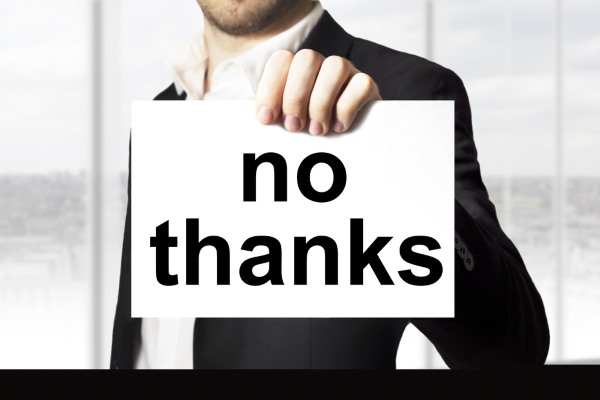
How to uninstall Windows 10 and go back to Windows 7 or 8.1
As Windows 10 is free, it's hard not to be tempted into upgrading. But just because the operating system is free, it does not mean it is necessarily right for you. You may have tried Windows 10 for a few weeks and come to the conclusion that you hate it. Perhaps you yearn to move back to the comfort of Windows 7 or Windows 8.1.
If you've decided that you simply do not like Windows 10, you can downgrade with ease. Of course, this is not possible if you have performed a clean installation of Windows 10, but it's an option that's available to you if you upgraded from Windows 7 or Windows 8.1. So, are you ready to ditch Windows 10? Here's what you need to do.
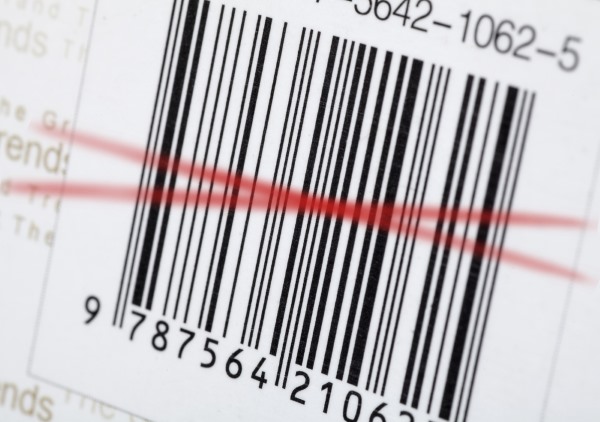
How to find your Windows 10 product key
If you upgrade your computer from Windows 7 or Windows 8 to Windows 10, you probably have no idea what your product key is for the latest version of the operating system. The time may come when you want to perform a clean installation of Windows 10, and this is when you'll need that key.
It is not possible to use your product key for your old version of Windows to activate Windows 10, but during the initial upgrade process this key is converted into a new one. Using a special tool, you can find out the key that has been generated for you so you can make a note of it for future reference.

Upgrade to Windows 10 and your kids may no longer be safe
Parents who are upgrading their computers to Windows 10 are warned that the move from Windows 7 or Windows 8.1 will obliterate the safety features used to protect children. You may have spent time putting restrictions in place in a bid to keep your offspring safe when using your computer, but Windows 10 will change these child-friendly accounts into standard accounts with no limitations whatsoever.
The upgrade process wipes out website restrictions, game and app age ratings, time limits, and other parental controls and monitoring options. Unless a parent goes to the trouble of reinstating each of these settings individually, their children will have unfettered computer access. The discovery, revealed by The Register, will come as a surprise to many, but the worry is that many parents will simply be unaware that their children are not protected. And this is far from being the first time Windows 10 has been criticized.
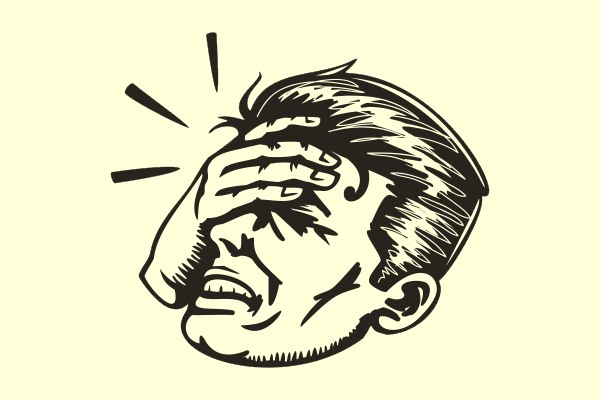
Do you regret upgrading to Windows 10?
Windows 10 is now with us, and, whether you've made the move from Windows 7 or Windows 8.1, there is a lot to love, but also a lot to hate. With this latest release, there is also one very big difference from previous versions of Windows: it is free of charge.
This is not only likely to encourage more people into making the move to Windows 10, but it also opens up a possibility that many people would simply not have considered before. If you decide that you don’t like Windows 10 (the OS is not without its fair share of problems, after all), you can downgrade to your previous version without ending up out of pocket. The question is, how many people will go -- or have gone -- down this route?
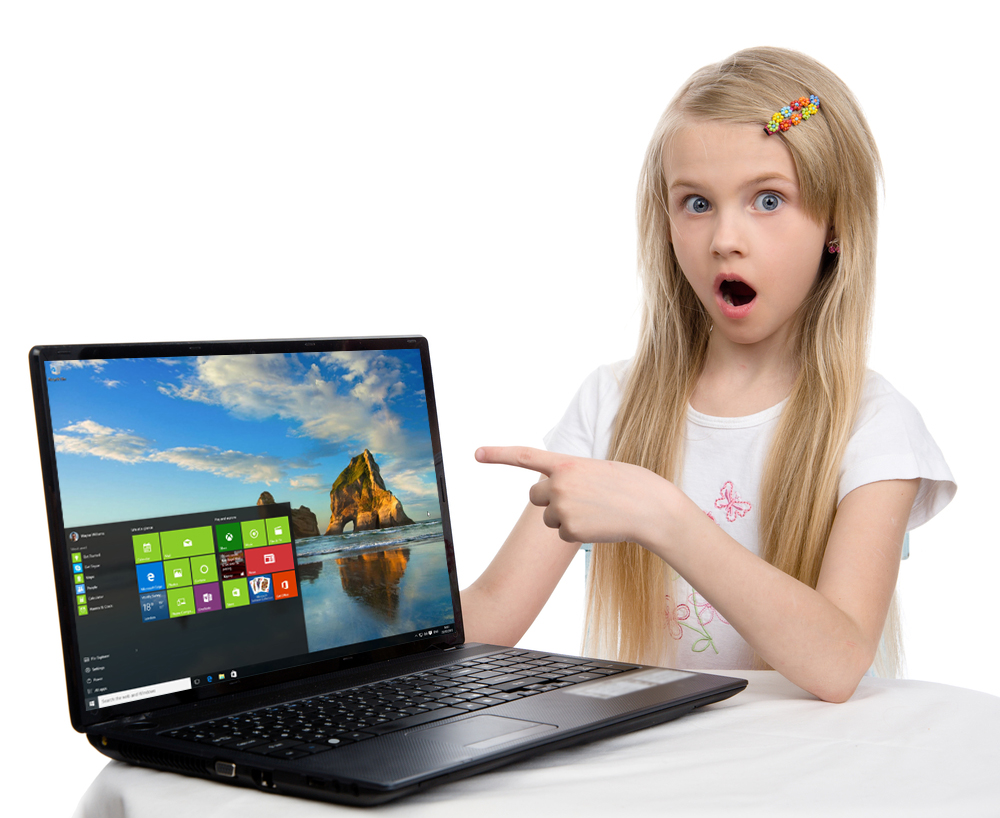
Windows 10 doubles its usage share in a couple of days
NetMarketShare has released its monthly desktop operating system usage share figures, showing the fluctuations of the various iterations of Windows. All versions of Microsoft’s operating system registered drops in July, except of course Windows 10 which was launched at the tail end of the month.
Only being available for a few days meant the new OS was never going to shift the needle significantly, but there were enough upgraders (Microsoft says 14 million in the first 24 hours) to double the operating system’s share.

Microsoft releases emergency security patch for all Windows versions
Microsoft has released an off-schedule patch for all currently supported versions of Windows. A serious vulnerability has been discovered in a font driver that could be exploited by a hacker to remotely execute code on a compromised machine.
The problem affects Vista, Windows 7, Windows 8, Windows 8.1, Windows RT, Windows RT 8.1, Windows Server 2008, and Windows Server 2012. Windows 10 is not at risk. Microsoft describes the issue as 'critical' and has pushed an emergency patch to Windows Update.

Microsoft's 'feeble' enterprise security and virus protection is the worst
Tests carried out by independent security labs AV-Test show that Microsoft is at the bottom of the league when it comes to enterprise security and virus protection. The tests pitted 11 security solutions against each other, and Microsoft's Endpoint Protection 2012 from the Microsoft Management Suite System Center 2012 was found to offer the weakest protection.
In both enterprise network security tests and virus detection tests, Microsoft trailed behind the competition in eleventh place. What's particularly concerning is that as the tool tested is bundled software, it's likely that it is precisely what many businesses are relying on for protection.
